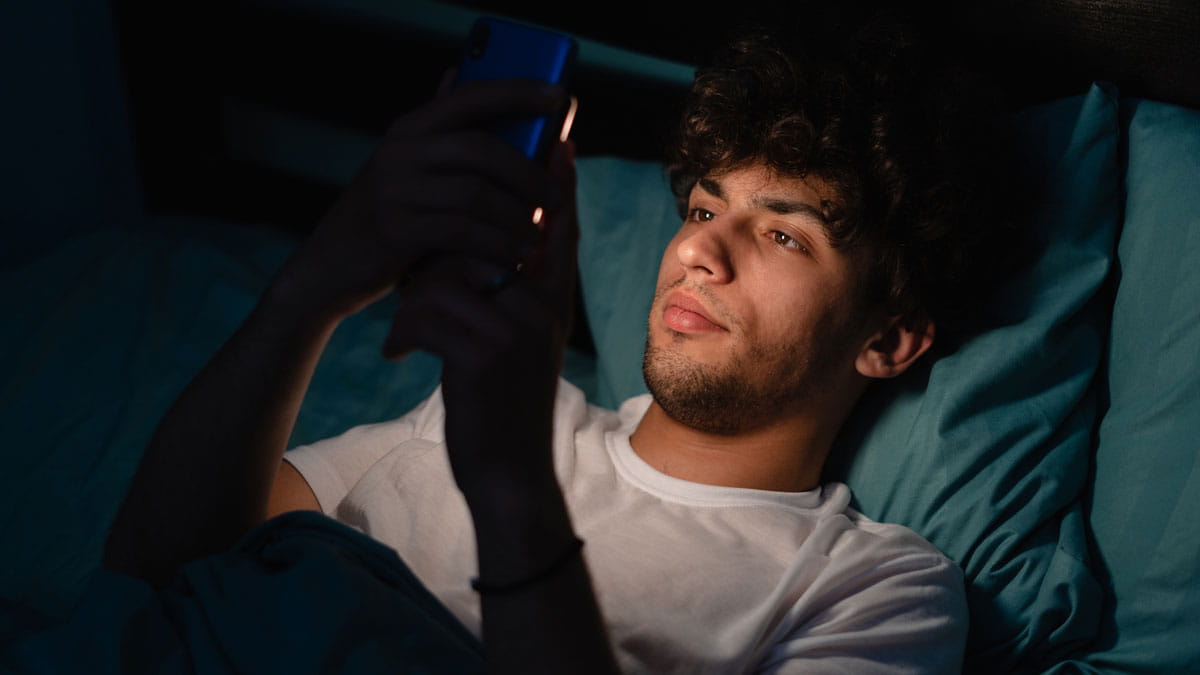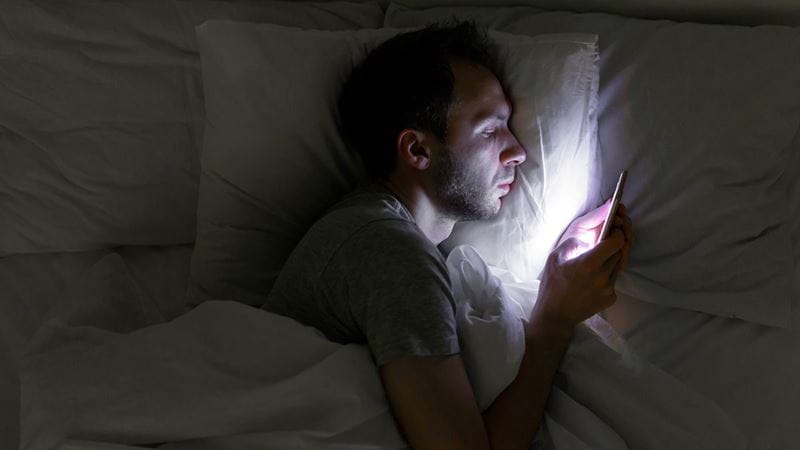Blog article
5 activities to distract from doomscrolling that may improve your mental health

If the hours you spend scrolling are creeping up and you’re dodging your screen time reports more than a teeth cleaning – you may have an unwanted hobby on your hands.
Doomscrolling is the popular name given to the behaviour of ‘deep diving’ into distressing topics or events, leading to lengthy sessions consuming digital content that can quickly cross over from being educational to overwhelming.
A closer look at doomscrolling
Harvard Health reports that doomscrolling activates the brain’s limbic system, particularly the amygdala, which is responsible for detecting threats. This leads to a cycle of hypervigilance and stress. Chronic doomscrolling can result in:
- Anxiety and existential dread
- Sleep disturbances
- Physical symptoms like headaches and muscle tension
- Reduced engagement at work and in relationships1
So, is there a satisfying and safe way to scroll and how do you go about avoiding doomscrolling with the way the world is?
Below are five activities backed by psychologist Marny Lishman worth considering if you’re looking at curbing those couch hours spent scrolling – at the very least they can support you in getting some solid hours away from your devices.
5 activities that break the cycle of scrolling
-
Time in nature – less scrolling, more strolling
Take yourself outside into nature whenever you feel the urge to doomscroll and leave your phone behind. Make it mindful by immersing all your senses; breathe the air deeply, touch the plants, look at the clouds in the sky and listen to the birds singing. Mindful time in nature will not only help destress you but it will refresh you. Read a book – not another social media caption
Spend some time in another world by snuggling into your favourite spot and delving into a book. Not only does it relax you but it’s a form of escapism that is a nice break from reality.Take note from Taylor (Swift) – and shake it off, i.e. dance!
Doing any sort of physical activity is going to be of benefit to you, but all the better when it’s something fun. Dance has a heap of psychological & physical benefits and as a bonus to this is the feel-good music we play when we’re dancing.A weekly class – is a new hobby calling?
How do we know who we really are unless we try different things and find out? Perhaps you’re a fabulous musician, a brilliant artist, a world class kickboxing champion or a super talented chef and you didn’t even know it? Hobbies and other extracurricular activities are a great distraction from the phone and a bonus is often meeting like-minded people!Socialise. Simple but so important.
It sounds simple but having a device attached to our hands most of the time means that many of us feel falsely connected to people. But nothing will ever replace the real deal! Consciously organising time to spend time with actual people - our friends, family, colleagues or even meet up groups is a great distraction from screen time and a bonus is a debrief, some laughing, support, connection and a sense of belonging.
Tip: Try a social media cap
Separating yourself from your devices and your scrolling habits isn’t easy. Why not look at limiting your time on social media to one hour a day, make notes of how you’re feeling and see if you notice changes in mood, creativity, or sleep.
If you’re using an iPhone, you can set limits directly in your settings:
- Go to Settings → Screen Time.
- Tap App Limits → Add Limit.
- Select the apps you’d like to limit (e.g., Instagram, TikTok, Facebook).
- Choose your daily time allowance (for example, 1 hour).
- Tap Add to confirm.
Once you’ve hit your limit, your phone will remind you to take a break—helping you build healthier scrolling habits.
What is a digital detox and should I try it?
How do I know if my screen time is affecting my mental health?
Acknowledging your mental health is suffering takes courage. If you’re aware of a doomscrolling pattern in the way you engage with social media, understanding the dangers will help you assess whether feelings of anxiety or depression are related.
For parents, this government resource is a good place to start on understanding how much physical activity and screen time your child should be getting for their age. From there you can rule out time as a factor and start to look into ways to manage screen time as a family.



